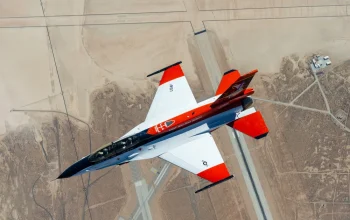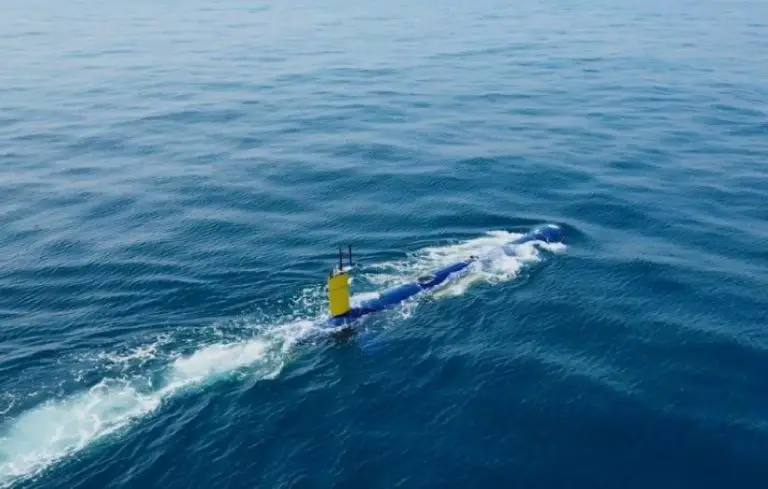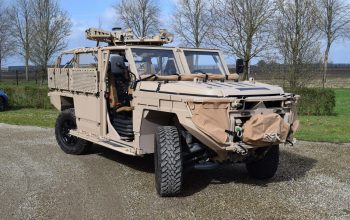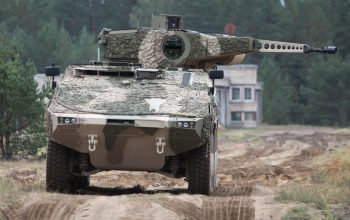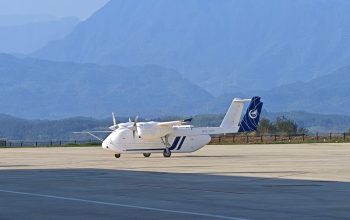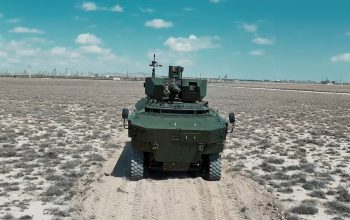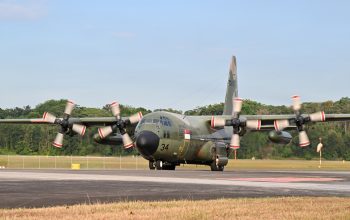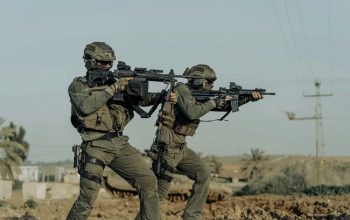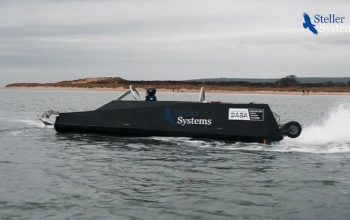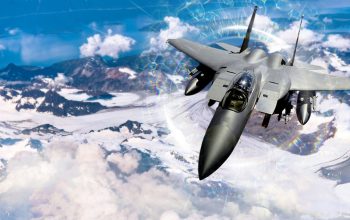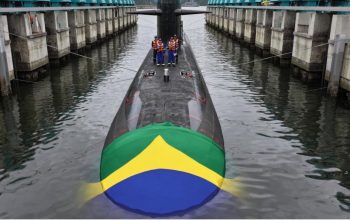The United States Border Patrol (USBP) is an American federal law enforcement agency. Its mission is to detect and prevent illegal aliens, terrorists and terrorist weapons from entering the United States, and prevent illegal trafficking of people and contraband. It is the mobile, uniformed law enforcement arm of U.S. Customs and Border Protection (CBP), a component of the U.S. Department of Homeland Security (DHS).
With over 21,000 agents, the U.S. Border Patrol is one of the largest law enforcement agencies in the United States.
TRAINING:
All Border Patrol agents spend a minimum of 13 Weeks at the Border Patrol Academy in Artesia, New Mexico, which is a component of the Federal Law Enforcement Training Center (FLETC). Those who are not fluent in Spanish spend an additional eight weeks at the Academy for a total of 21 weeks. Border Patrol Agent Trainees are instructed in courses including; criminal law, nationality law, and administrative immigration law, police sciences, self-defense and arrest techniques, firearms training with pistol, shotgun and rifle, police vehicle driving, and other Border Patrol / federal law enforcement subjects.
Once they arrive back at their duty station, Trainees then must graduate from the Field Training Officer (FTO) program, an on-the-job training program, which varies in length from a minimum of 12 weeks to a maximum of over 16 weeks long, depending on the practical demands of the duty station and local management. They must also successfully complete the Post Academy Training Program, an extension of the Border Patrol Academy where Trainees complete additional classroom-based training over the course of their first nine months back at their duty station.
The marksmanship skills of Border Patrol agents ranks among the best in the United States. At the National Police Shooting Championships in 2012, Border Patrol agents placed first, second or third in each of the 29 shooting matches.
CAPABILITIES:
The United States border is a barely discernible line in uninhabited deserts, canyons, or mountains. The Border Patrol utilizes a variety of equipment and methods, such as electronic sensors placed at strategic locations along the border, to detect people or vehicles entering the country illegally. Video monitors and night vision scopes are also used to detect illegal entries. Agents patrol the border in vehicles, boats, aircraft, and afoot. In some areas, the Border Patrol employs horses, all-terrain motorcycles, bicycles, and snowmobiles. Air surveillance capabilities are provided by unmanned aerial vehicles.
The primary activity of a Border Patrol Agent is “Line Watch”. Line Watch involves the detection, prevention, and apprehension of terrorists, illegal aliens and smugglers of aliens at or near the land border by maintaining surveillance from a covert position; following up on leads; responding to electronic sensor, television systems and aircraft sightings; and interpreting and following tracks, marks, and other physical evidence. Major activities include traffic check, traffic observation, city patrol, transportation check, administrative, intelligence, and anti-smuggling activities.
Traffic checks are conducted on major highways leading away from the border to detect and apprehend illegal aliens attempting to travel further into the interior of the United States after evading detection at the border, and to detect illegal narcotics.
Transportation checks are inspections of interior-bound conveyances, which include buses, commercial aircraft, passenger and freight trains, and marine craft.
Marine Patrols are conducted along the coastal waterways of the United States, primarily along the Pacific coast, the Caribbean, the tip of Florida, and Puerto Rico and interior waterways common to the United States and Canada. Border Patrol conducts border control activities from 130 marine craft of various sizes. The Border Patrol maintains watercraft ranging from blue-water craft to inflatable-hull craft, in 16 sectors, in addition to headquarters special operations components.
Horse and bike patrols are used to augment regular vehicle and foot patrols. Horse units patrol remote areas along the international boundary that are inaccessible to standard all-terrain vehicles. Bike patrol aids city patrol and is used over rough terrain to support linewatch. Snowmobiles are used to patrol remote areas along the northern border in the winter.



